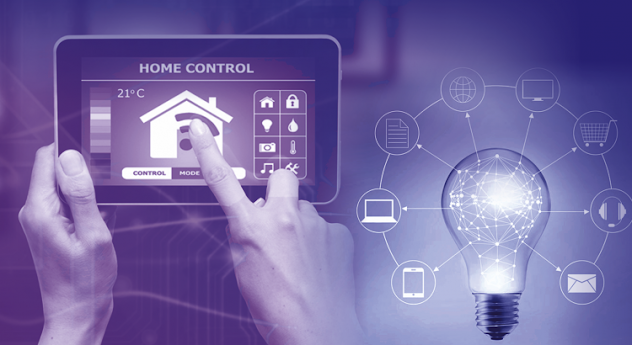What is Smart Lighting Technology? How does it works.

What is smart lighting?
With smart lighting, traditional light bulbs are replaced with smart light bulbs, which screw into the existing sockets in your home. An internet-connected hub connects all of the bulbs, providing control over the lighting in your home from a centralized location.
Smart lighting is an advanced way to light your home. Smart LED bulbs contain software that connects to an app, smart home assistant or other smart accessory so you can automate your lights or control them remotely, eliminating the need for traditional wall switches.
How do you use smart lights?
To connect a smart light bulb to an Alexa-enabled device, open the Alexa app, select Devices > All Devices, and tap the light you want to connect. Once you have connected a smart light bulb with Alexa, you can use commands to control it, such as, "Alexa, turn off the bedroom lamp."
There are 3 Types of Smart Lighting System
1. Smart Light Bulb
2. Smart Lights connected wiht the hub
3. Motion Sensing Lights
How Smart Lights Work?
Smart light bulbs work in the same way as many of the best smart home devices, by using wireless technologies to connect to your smartphone and allow you to control the bulb from an app.
Some smart bulbs use Bluetooth to pair directly to your phone, but as this is a point-to-point connection you won’t be able to control them when you’re not at home. Other smart bulbs use the wireless protocols Z-Wave or Zigbee, which are slightly faster than Bluetooth and allow several devices to be controlled at the same time.
However, they can’t be controlled when you’re not at home unless they are used with an optional hub (also called a bridge). This relays commands from your smartphone to the cloud and back to the smart light, if you’re not connected to the same Wi-Fi network. This means if you’ve left for the day but forgot to turn the bathroom light off, you can simply open the app and switch the light off remotely - no more wasting energy until you get home.
These hubs don’t have to be made by the same manufacturer as the smart lights, however; for example, the Amazon Echo (4th generation) doubles as a Zigbee compatible smart hub.
When Philips first launched Hue smart lights they couldn’t be set-up without a bridge, which was supplied in starter kits with two or three bulbs. However, newer iterations of the smart lights feature Bluetooth so they can be controlled when you’re in the house, and can be paired with an optional bridge if you want to control the lights remotely.
Notably, LIFX is one of the few exceptions of Zigbee devices that doesn’t require a bridge to be controlled remotely as it offers its own cloud service to relay commands to its bulbs when you’re away from the house.
If you have an iPhone and the smart lights you choose are HomeKit compatible; for example Philips Hue and LIFX, you’ll be able to set them up through the Home app using the QR code that comes with the lights. However, if you want to control them remotely you will need a HomeKit hub such as a HomePod Mini or an Apple TV 4K.

Post a Comment
Please do not enter any SPAM link in comment box.